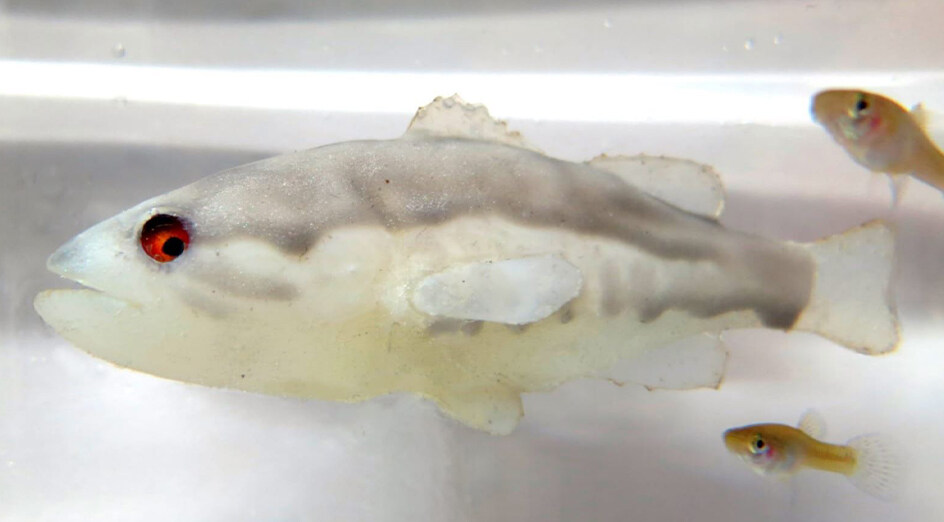Robotic predators can protect aquatic biodiversity from a global pest, impacting the behaviour, survival and reproduction of the invaders, according to an international team of researchers from The University of Western Australia, University of Padova and New York University.
The findings, published in the online journal iScience, reveal that even brief exposures to a robotic predator can alter mosquitofish behaviour, increasing fear and stress responses in the invasive species, and lessen its negative impact on native Australian tadpoles.


Lead author Dr Giovanni Polverino, Forrest Postdoctoral Fellow at UWA’s School of Biological Sciences, said mosquitofish – native to the southern US – were one of the 100 worst invasive species, threatening freshwater fish and amphibians globally.
Dr Polverino said the team developed a robotic predator that closely mimicked the appearance and movement patterns of the mosquitofish’s main predator in the US, the largemouth bass, which had successfully controlled mosquitofish for centuries.
“Our robotfish was designed to copy the largemouth bass, and we equipped it with a computer-vision system that allowed the robot to differentiate in real time between mosquitofish and the tadpoles of a common Australian frog, which is negatively impacted by mosquitofish in the wild,” Dr Polverino said.
“The robot simulated realistic attacks toward mosquitofish when it approached the tadpoles, which we found changed the behaviour of the entire group of mosquitofish, in that they were less active and more anxious, and therefore less of a threat for the tadpoles.”


The behavioural ecologist said the new research represented significant progress in the emerging field of ethorobotics, in which biologically inspired robots were typically used to interact with live animals to aid understanding of how animals communicate and interact with each other.
“Except for immediate changes in behaviour, we didn’t know much about what happens to animals after they’re exposed to robotic predators. We show that such exposure has long-term effects on animals, which were until now invisible due to technical and conceptual gaps in the field,”
– Dr Polverino said.
“Our research fills those gaps and offers the first evidence of a robot that can selectively control the behaviour of invasive fish, undermining their survival, reproduction and ecological success, and alleviating their negative impact on native animals.”Dr Giovanni Polverino
“Our research fills those gaps and offers the first evidence of a robot that can selectively control the behaviour of invasive fish, undermining their survival, reproduction and ecological success, and alleviating their negative impact on native animals.
“It gives us some optimism for the future of freshwater ecosystems, which host more than a quarter of the world’s vertebrates, most which are at the risk of perishing because of the spread of invasive species.”



































